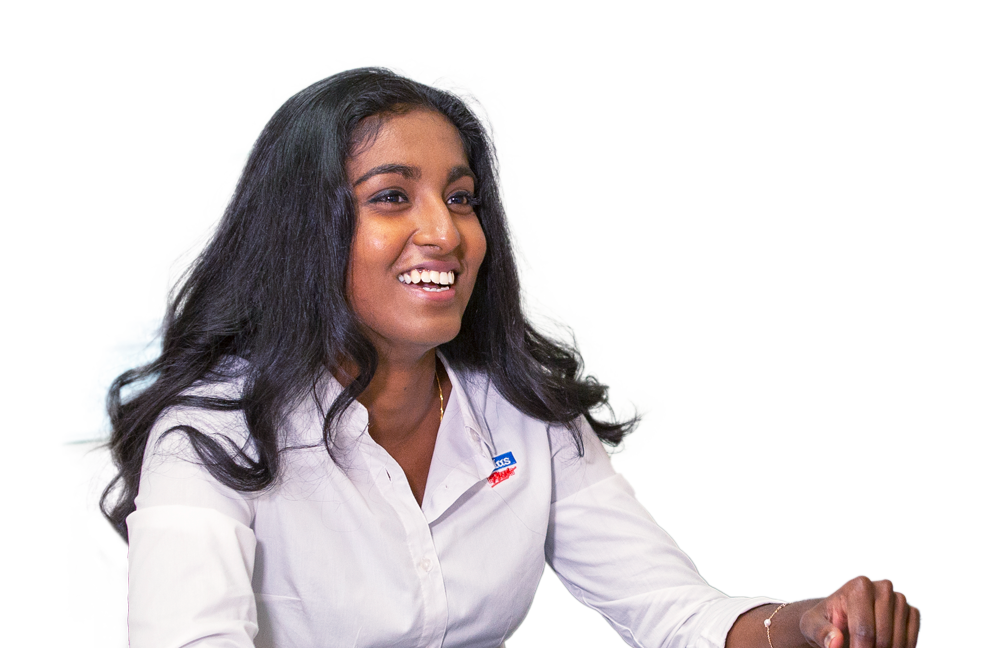
Have you ever tried to estimate the quantity of ribs you should cook in order to get 90 g of boneless, cooked meat? Or the volume of dry couscous you need to get 125 ml of cooked couscous? To reduce your servings of meat and starches, or simply to avoid leftovers, you need to measure your servings before cooking. Here are a few tips to be successful!
Meat and alternatives
Meat, poultry, and fish lose water through cooking. This is why the more your meat is cooked, the more it shrinks. In addition, foods lose more weight through slow cooking such as stewing or braising than they do when grilled or sautéed.
One serving of meat and alternatives is equal to 90 g of meat or chicken, and 120 g of fish. These weights correspond to the quantity of meat that is ready to eat, i.e., cooked and boneless. So here are the quantities you should use before cooking to get one serving of meat and alternatives:

Starches
For starches, it’s the opposite! Rice, pasta, couscous, quinoa, and all the others expand through cooking. Your serving size before cooking should therefore be 2 to 3 times smaller than the serving you want to eat:

How to Determine Serving Size Before Cooking is a post from Nautilus Plus. The Nautilus Plus blog aims to help people in their journey to fitness through articles on training, nutrition, motivation, exercise and healthy recipes.
Copyright © Nautilus Plus 2014

A session with a nutritionist will help you on your way!

Let's establish your nutritional goals together and get some expert advice!
Make an appointment
